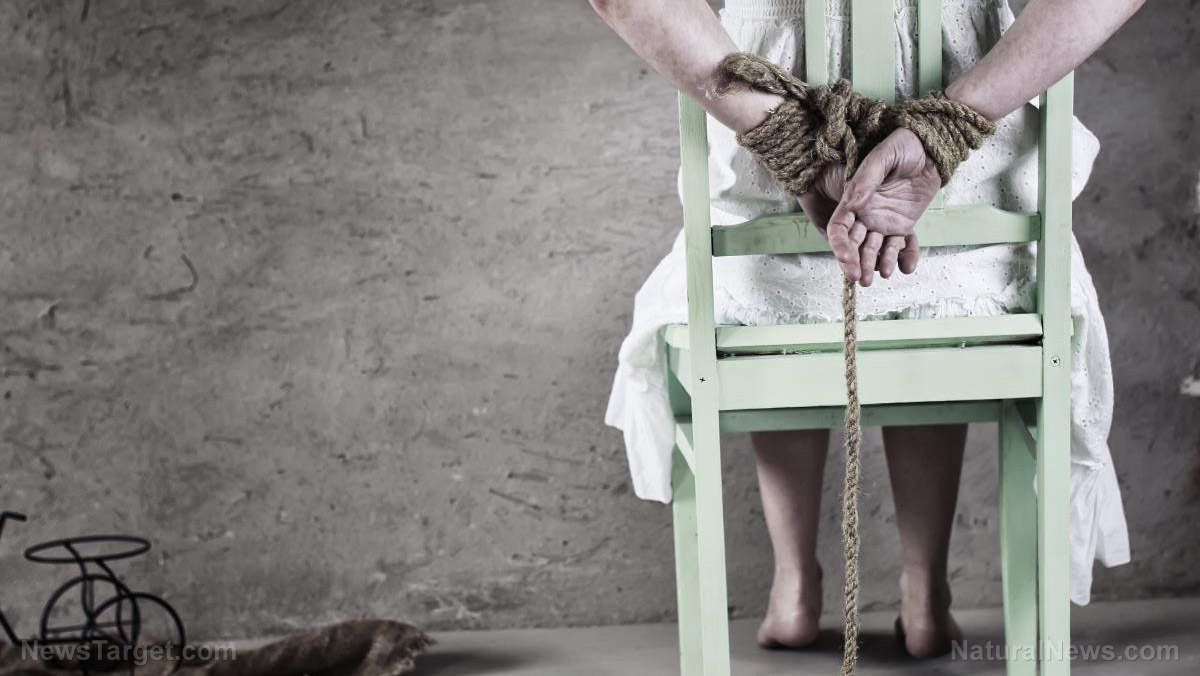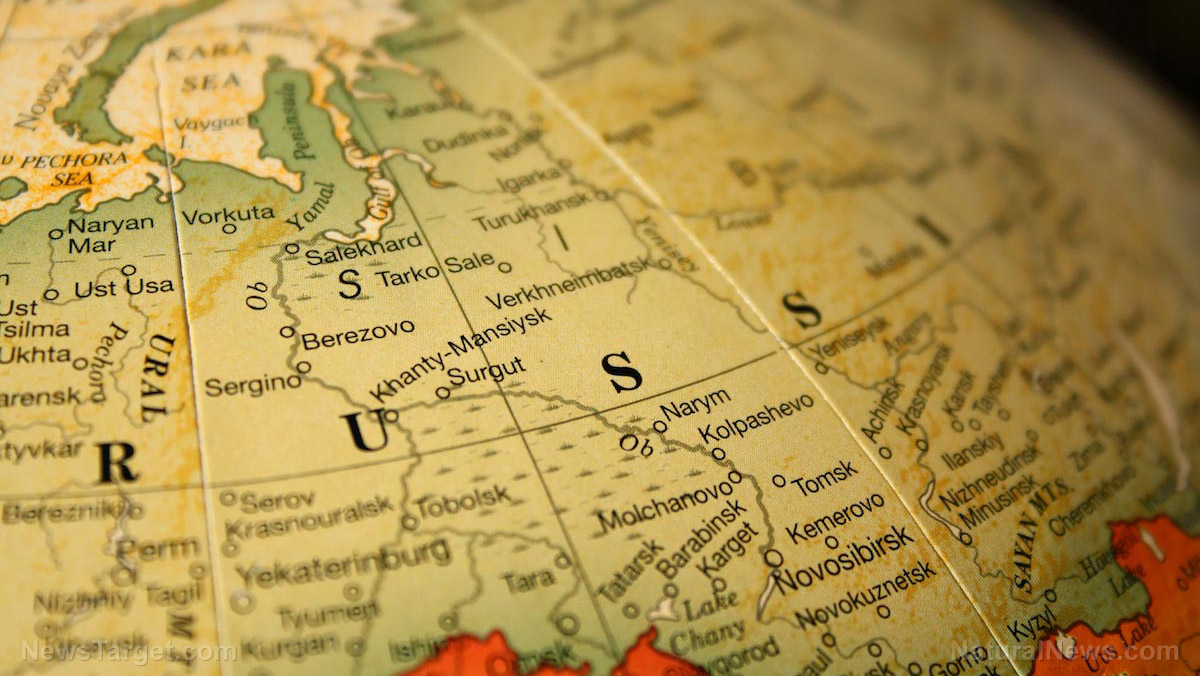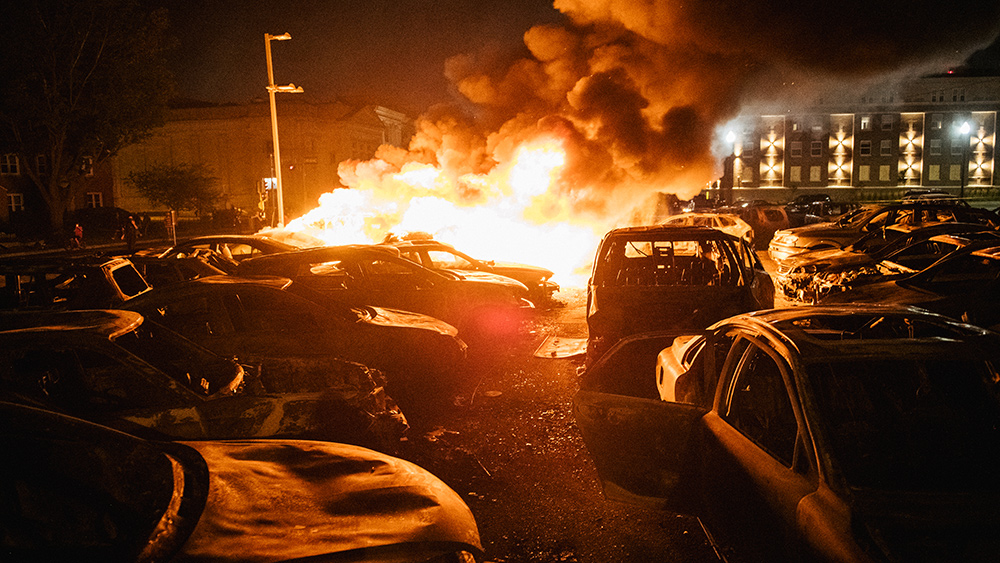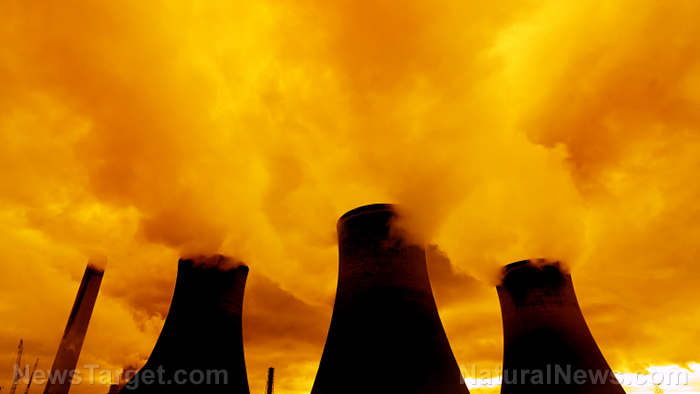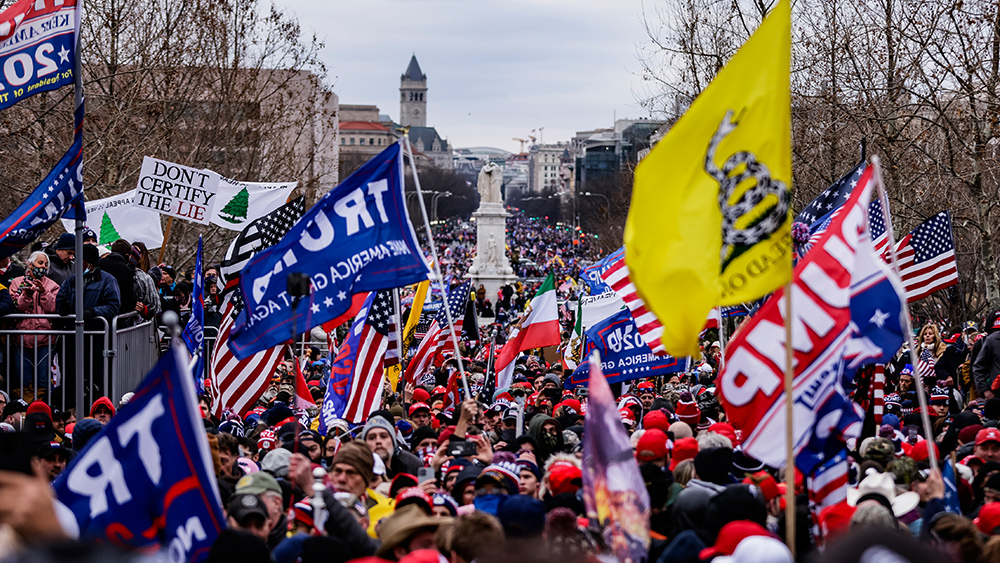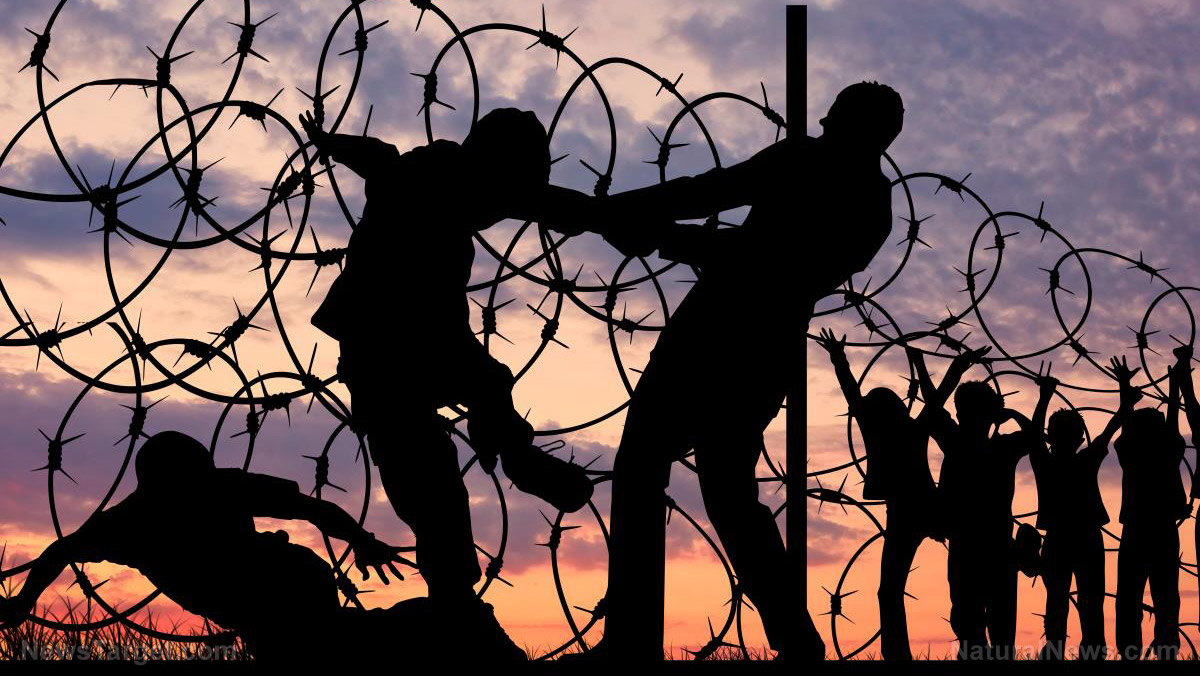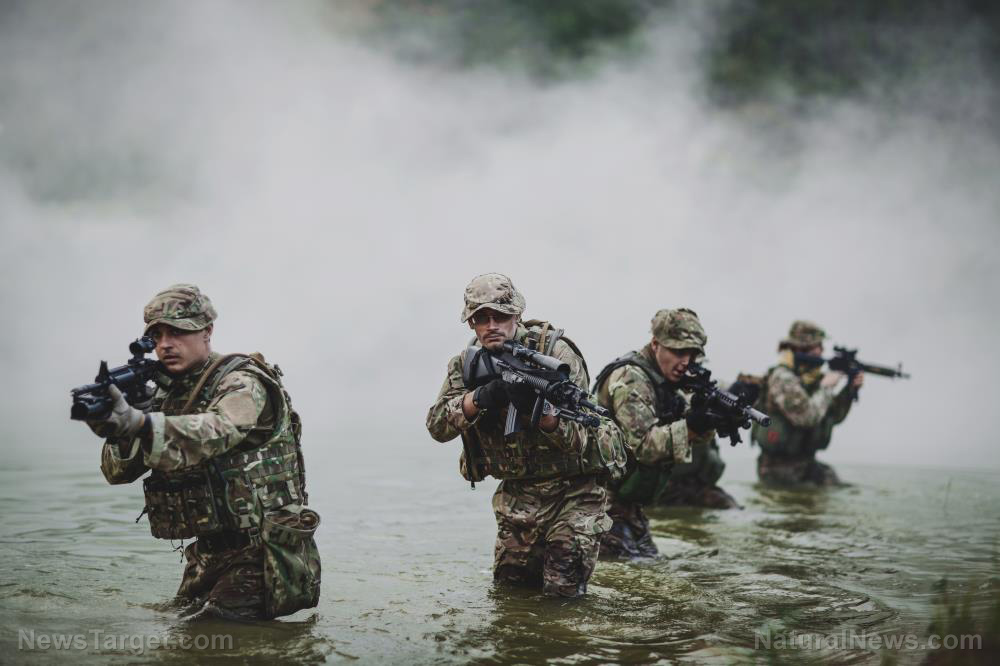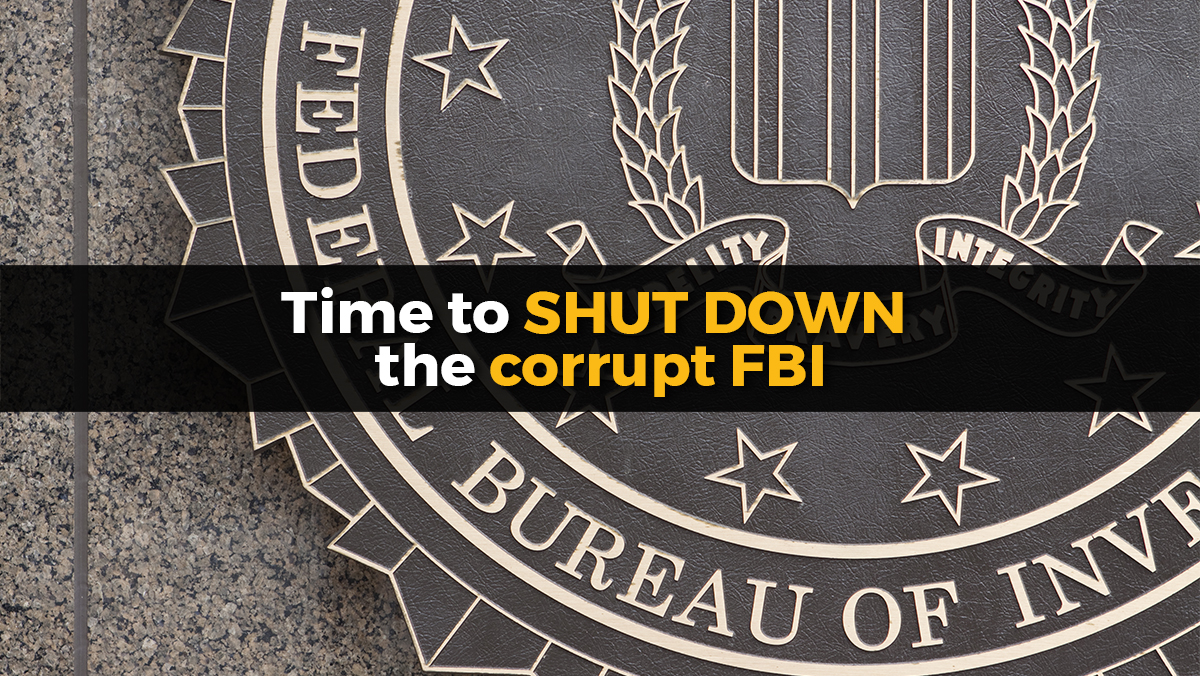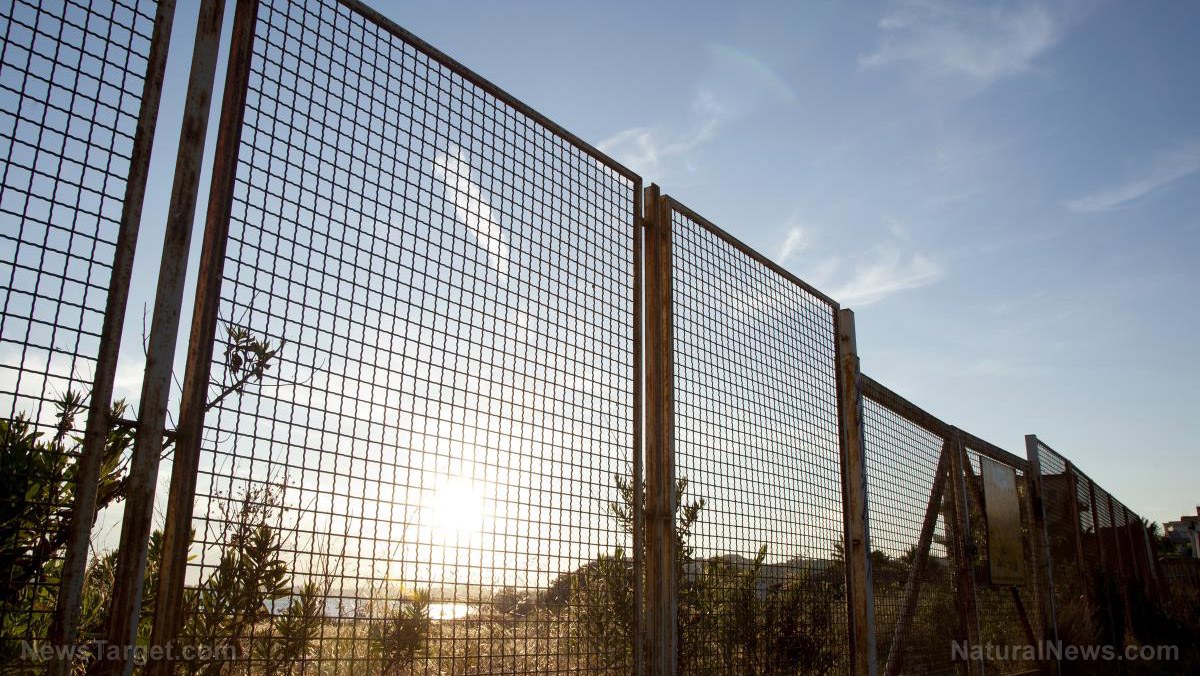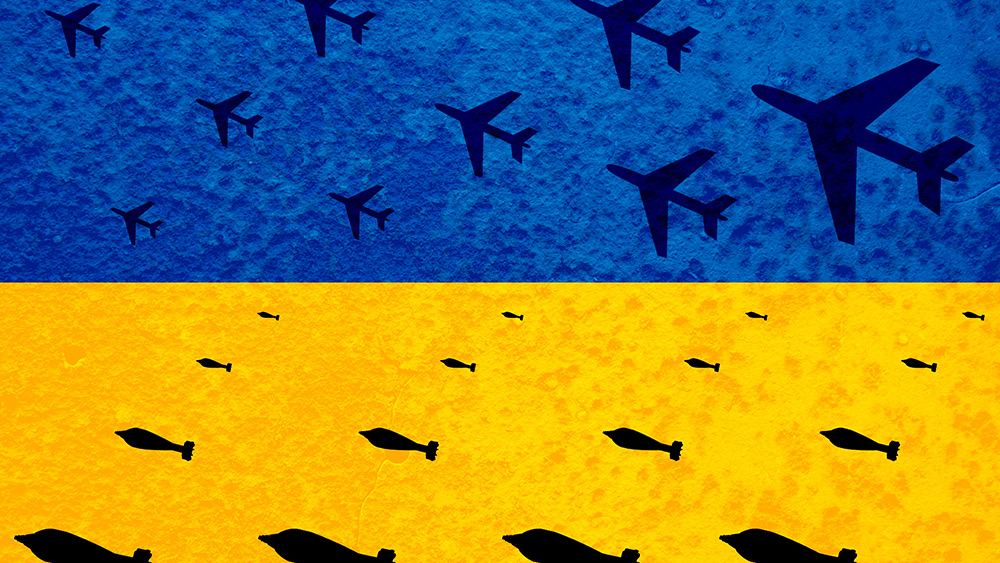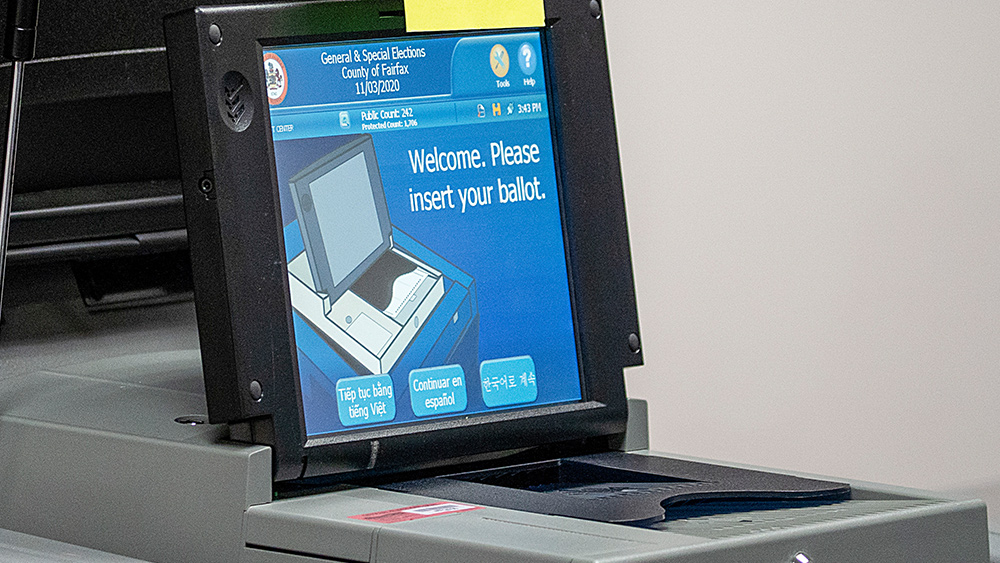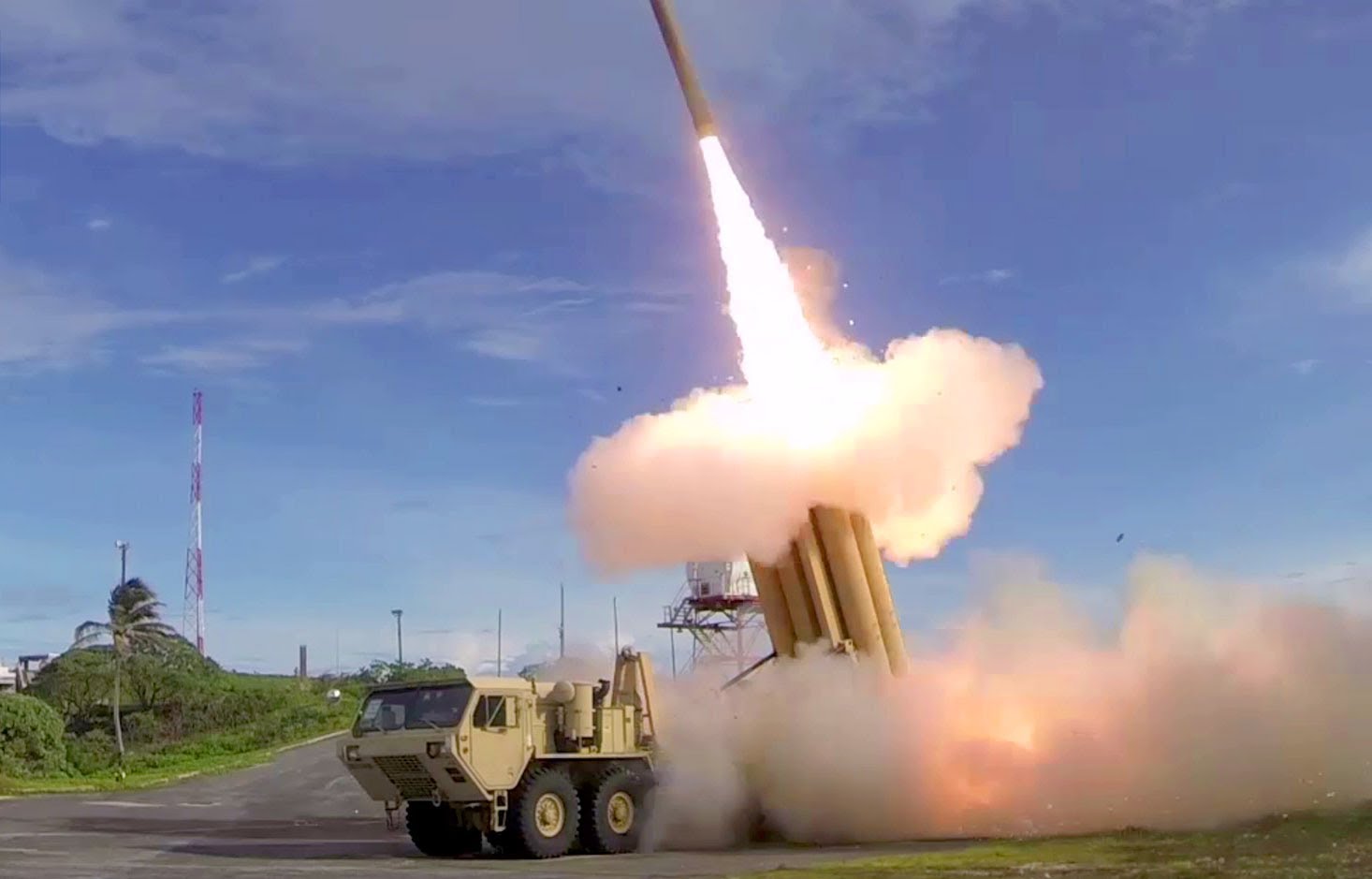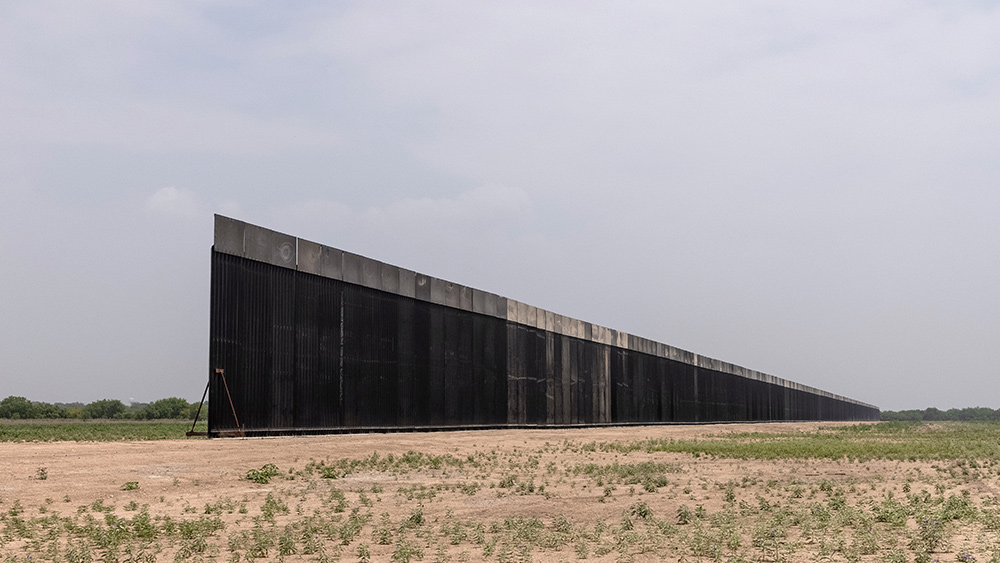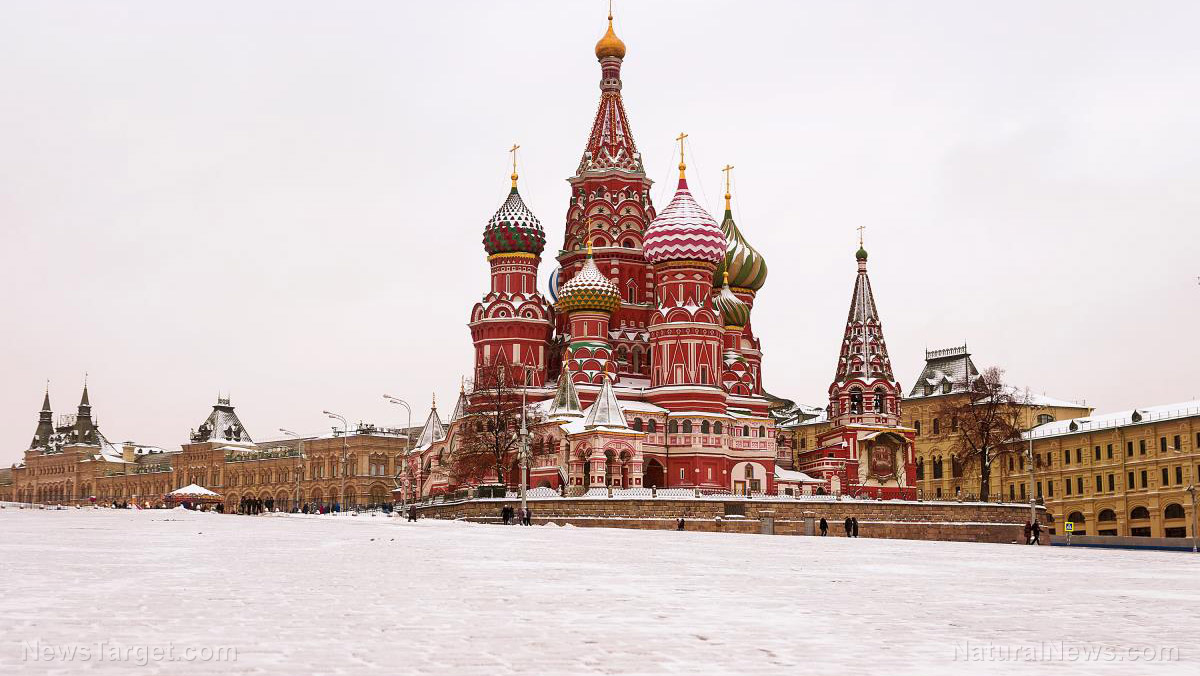Financial pressures rise worldwide as governments witness the unfolding of the Russia-Ukraine crisis
03/01/2022 / By Mary Villareal
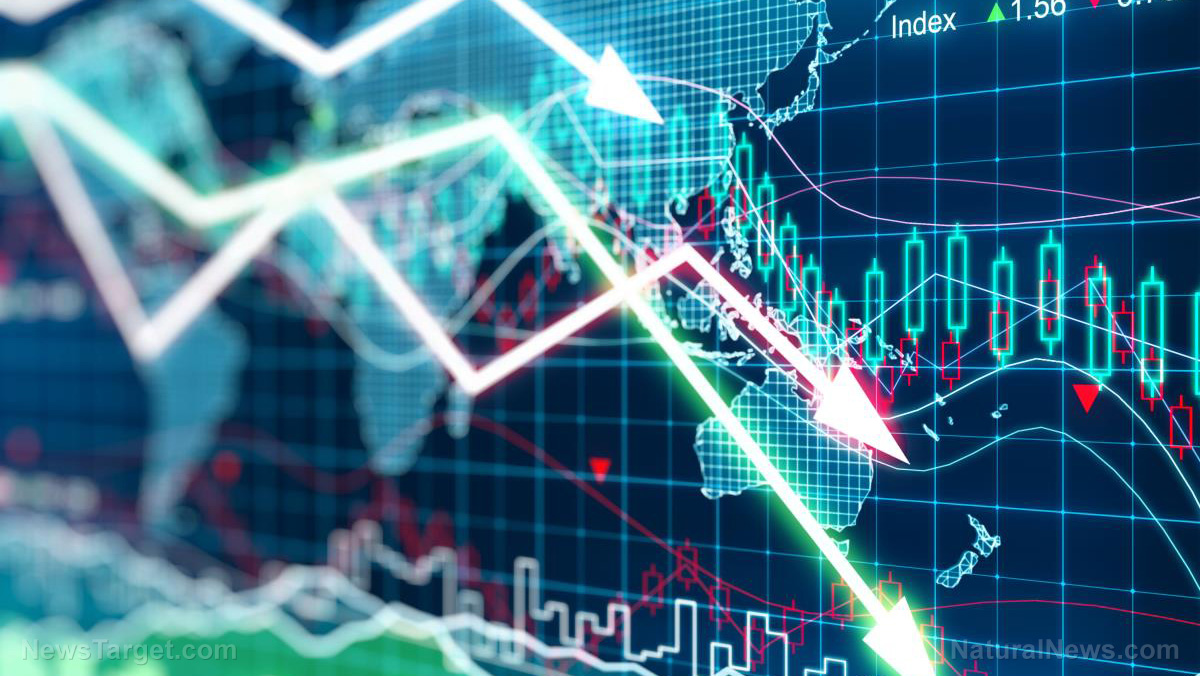
Benchmarks rose in early trading in Tokyo and Shanghai as global investors began eyeing talks aimed at ending the Russian assault on Ukraine.
The surging oil prices and increasing financial pressure from the U.S. and its allies on Russia for its invasion of Ukraine, are now adding to uncertainty about the global economic outlook. Russia, of course, is one of the world’s largest energy exporters.
Russian forces attacked Ukraine’s second-largest city on Monday, February 28, rocking the residential neighborhood. They also closed in on the capital, Kiev, in a 40-mile convoy that included hundreds of tanks and other war vehicles.
Japan’s benchmark, Nikkei 225 gained 1.6 percent in morning trading, while Australia’s S&P/ASX 200 surged 1.3 percent. Hong Kong’s Hang Seng slipped 0.1 percent, but Shanghai’s Composite increased 0.3 percent. Trading was closed in South Korea for a national holiday.
Anderson Alves of ActivTrades said in a report that Asian equities were higher on Tuesday, March 1, mirroring a mild rebound on Wall Street as news indicates talks between Russia and Ukraine. “The market’s focus will continue to be on geopolitical tensions, at least in the short term,” he said.
The value of the Russian ruble plunged to a record low after other countries blocked banks from key global payment systems. On Monday, the Department of the Treasury announced more sanctions against Russia’s central bank. Early Tuesday, the ruble was down 3.2 percent at 104.51 to a dollar. The Moscow Stock Exchange was also closed.
In the U.S., governors and lawmakers are seeking to add more pressure on Russia and are taking steps to pull state pension and treasury funds out of investments in Russian-held entities or companies supporting the war.
Ordinary Russian citizens are going to face higher prices and problems with foreign travel due to sanctions lined up at banks and ATMs on Monday. Further, the deeper economic turmoil may also affect the country overall if price shocks and supply chain issues cause Russian factories to shut down due to lower demand.
The S&P 500 fell as much as 1.6 percent, but recouped much of that to finish 0.2 percent lower. The Dow Jones Industrial Average fell 0.5 percent, while the Nasdaq composite rose 0.4 percent, recovering from its previous 1.1 percent slide. The Russell 2000 index of small-company stocks gained 0.4 percent.
Germany, France, the U.K., Italy, Japan, the European Union and others will also join the U.S. in placing sanctions against Russia’s central bank. “Right now the situation is fluid and investors are looking for the next shoe to drop,” said Barry Bannister, chief equity strategist at Stifel.
Japan previously announced that it will enforce additional sanctions on Russia, including freezing the assets of Russian groups, banks and individuals, and suspending exports of semiconductors and other sensitive goods to military-linked organizations in the country.
Markets worried about price hikes
Markets have been worried about the hikes in interest rates by the Federal Reserve before Russia’s invasion of Ukraine, and the war is raising expectations that it may have to adopt a gentler approach to raising interest rates and fighting inflation.
To ensure safer returns, investors looked into U.S. government bonds. With the yield of the 10-year Treasury falling 0.15 percentage points to 1.83 percent, it is so far the biggest drop since the omicron coronavirus variant rattled investors.
The Federal Reserve needs to raise rates enough to curb inflation, but not so much as to choke the economy into a recession. Higher rates can put downward pressure on various investments, from stocks to cryptocurrencies.
Jonas Goltermann, senior global markets economist at Capital Economics, said in an online briefing that central banks are expected to take a somewhat slower and more cautious approach due to the crisis, which provides a positive offset for risky assets.
In energy trading, benchmark U.S. crude added 72 cents to a barrel in electronic trading on the New York Mercantile Exchange, jumping from $4.13 to $95.72 on Monday.
International standard, Brent Crude, rose 68 cents to $98.65 per barrel. (Related: Rising gas prices to hit $7 a gallon if crude oil cost spikes and tension between Russia and Ukraine escalates.)
Oil prices on both sides of the Atlantic were seen to continue surging amid concerns regarding crude supplies.
Prices rose from heating oil to wheat to gasoline, with movements more pronounced in Europe than in the U.S. due to its close economic ties with Russia and Ukraine. Higher energy and food prices could also amplify worries about inflation and what the Federal Reserve will do to control it.
More related stories:
The party of chaos blows its cover.
Trump: China will DEFINITELY attack Taiwan following Russia-Ukraine example.
Watch the video below to learn about the sanctions imposed by the EU on Russian banking market.
This video is from the In Search of Truth channel on Brighteon.com.
Follow Collapse.news for more related news.
Sources include:
Submit a correction >>
Tagged Under:
big government, bubble, chaos, Collapse, economy, Europe, exchange rates, Federal Reserve, inflation, Japan, market crash, money supply, national security, price hikes, products, risk, Russia, Russia-Ukraine crisis, stock market, travel, U.S., Ukraine, WWIII
This article may contain statements that reflect the opinion of the author
RECENT NEWS & ARTICLES
COPYRIGHT © 2017 NATIONAL SECURITY NEWS


